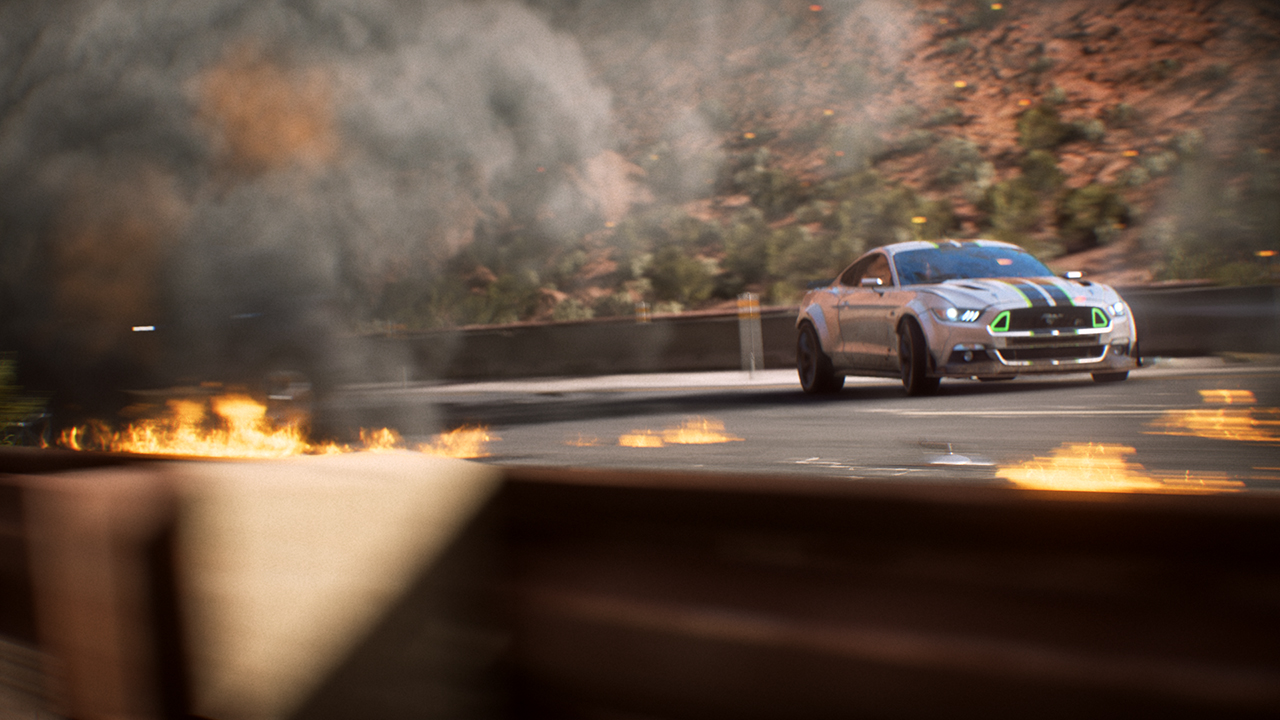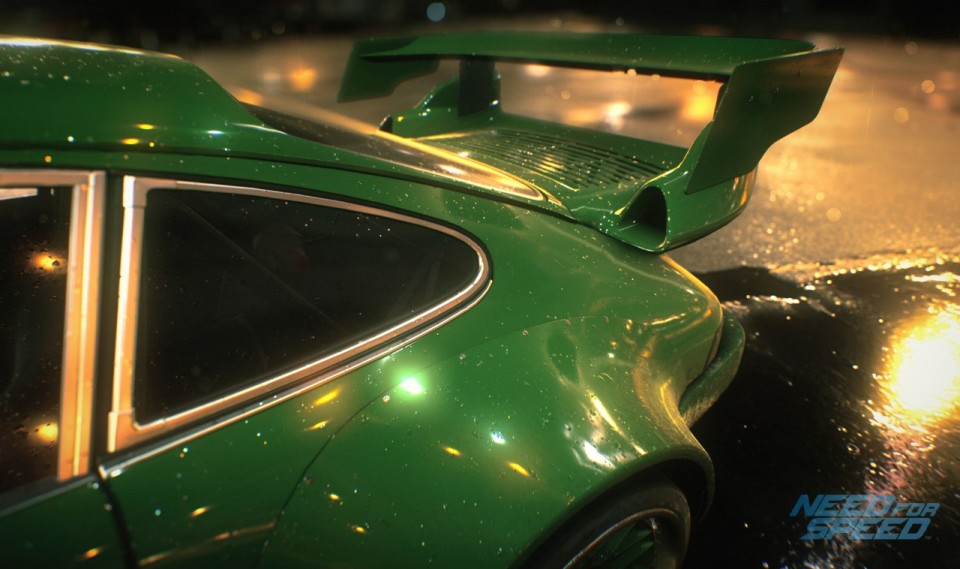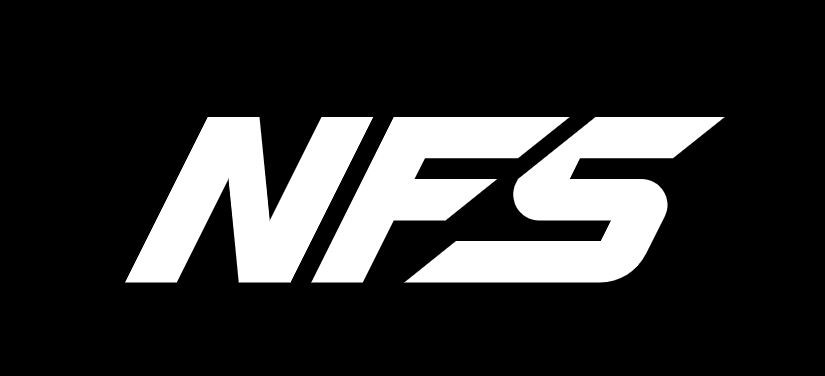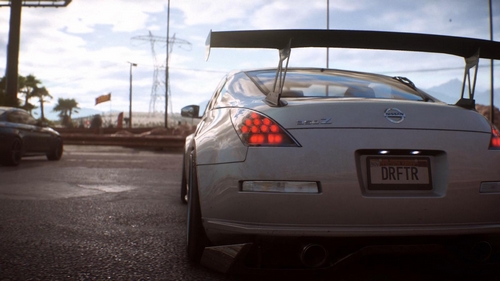
It’s been two years since the Need for Speed series rebooted itself with a game by that name exactly, and since then Swedish developer Ghost Games has been hard at work creating Need for Speed Payback, the third Need for Speed game they’ve developed and 23rd in a franchise that has been running since 1994.
What better platform to review Need for Speed Payback on than a PlayStation, the franchise’s sentimental home, and fortunately we’ve been playing it in 4K on a PS4 Pro. While the game runs at 30FPS on both the PS4 Pro and Xbox One X, it’s worth noting that it does look a bit nicer on the new Xbox console. We’re not here to discuss differences though, so let’s get down to what Need for Speed Payback is about.
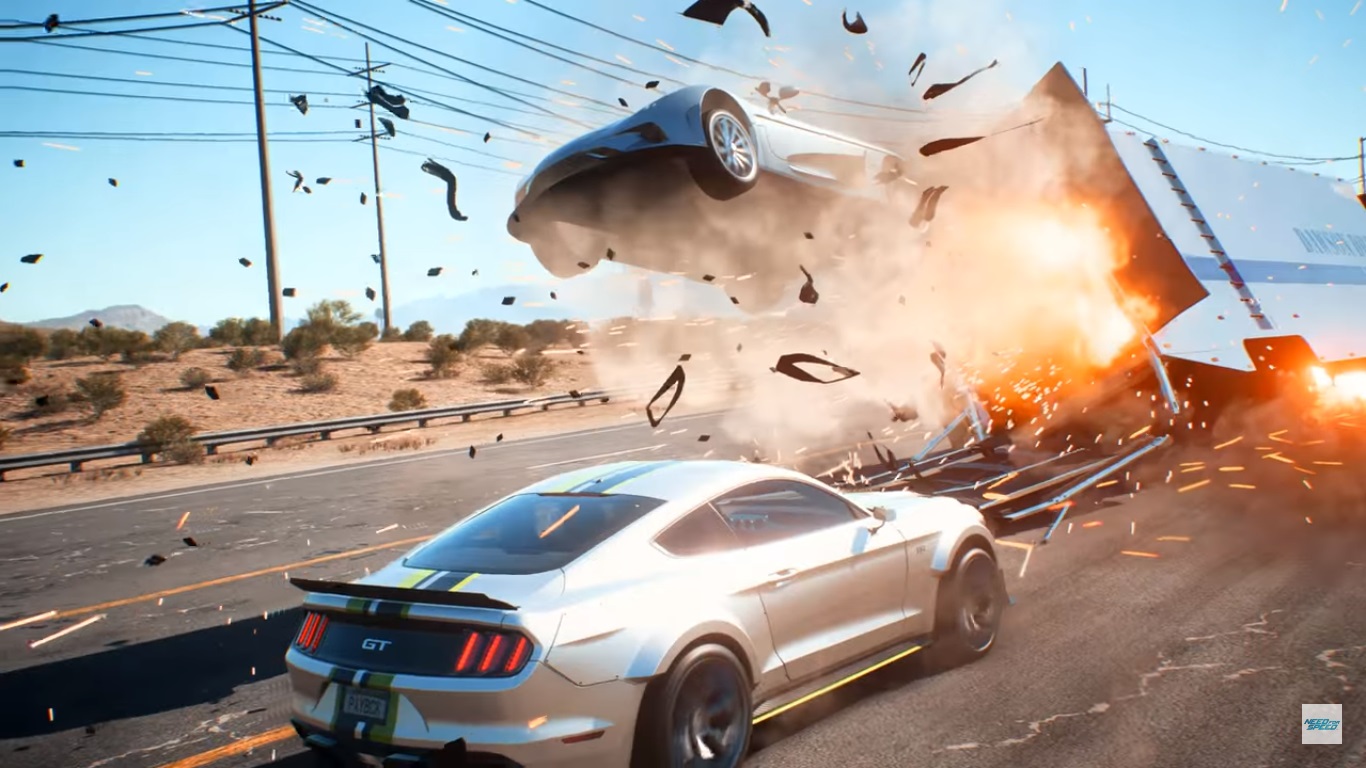
Need for Speed Payback is a story of revenge as main character Tyler Morgan and his team get screwed by The House early on, and seek to bring it down. Each driver in your crew is skilled at a certain style of racing, and that’s what makes up the core of the game. There are five classes of races and cars, and each will require you to own and level up unique cars to progress in the main story. Cars are locked to the specific class which will disappoint fans that might want to use a WRX STI for dragging, or a race class car for drift races, etc. There are however a decent amount of cars in each class to choose from, as well as some cars which you get to choose which class you want to use them for. With the five different classes (Race, Off-road, Drift, Runner and Drag), NFS Payback offers something for everyone.
NFS Payback has a fair amount of gambling elements. At the start of every race you’re given a bet offer, with odds varying but usually around the 5:1 mark. E.g. if you’re willing to take 1,000 out of your earnings, you can earn back 5,000 if you complete the extra challenge that is offered. Challenges range from staying on the road for the entire race to drifting for 500 meters non-stop to starting the race at the back of the pack for 60 seconds and then winning, and more. We found a healthy balance of accepting and declining bets allowed for some extra winnings depending on how confident we were with the event. When you win a race you also get to pick between three car upgrade cards that are folded over. There’s really no difference here with which one you pick, and we would have preferred if there wasn’t a game of choice here. Trading in your cards also leads to a slot-machine style event where you’re rewarded a random car upgrade part, and then of course there’s the loot crates that we’ll get to later.
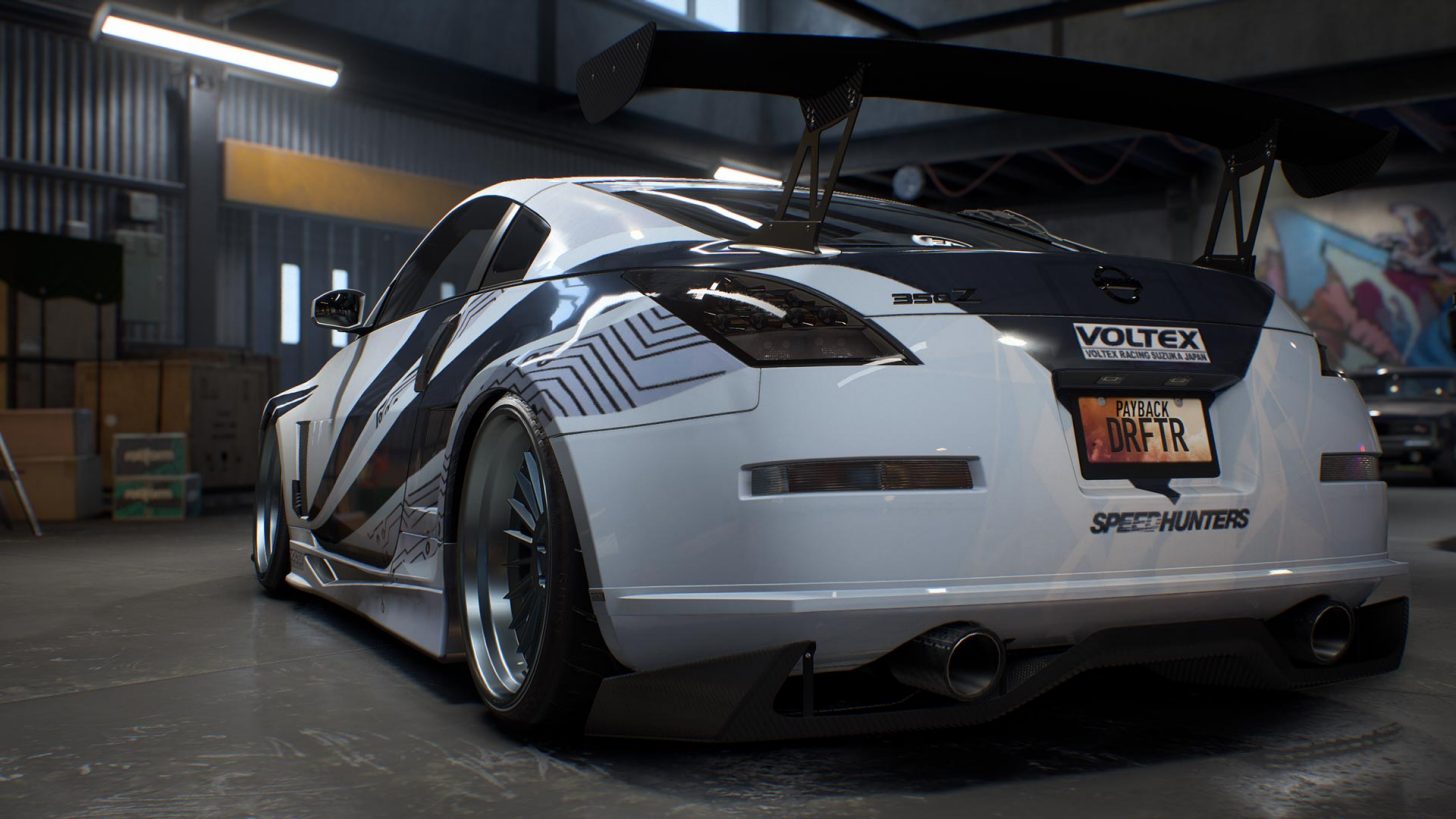
Get ready to master the hand-brake; NFS Payback requires plenty of sharp corners and reliance on braking accordingly. This is no racing sim so you can forget comparing the game to Gran Turismo Sport, Project Cars 2 or Forza Motorsport 7. While each car does handle somewhat like the real-life version, they do have a very arcadey feel, particularly when going around corners. You’ll find this can lead to some epic drifts in cars that are probably not designed to drift in that fashion, but it does create some “Wow!” moments.
NFS Payback has a somewhat frustrating catch-up system whereby if your car is not at the level of a race event that you’ve joined, you’ll find first place tends to shoot out in front of you near the end of the race regardless of how fast you’ve driven. Also you can stay at the back of the pack for most of a race only to scream to first place in the final kilometer if your car is upgraded past the recommended level. This was fairly annoying due to the fact that a lot of the races are 3-5 minutes long and losing it in the final seconds due to no fault of your own can be very frustrating.
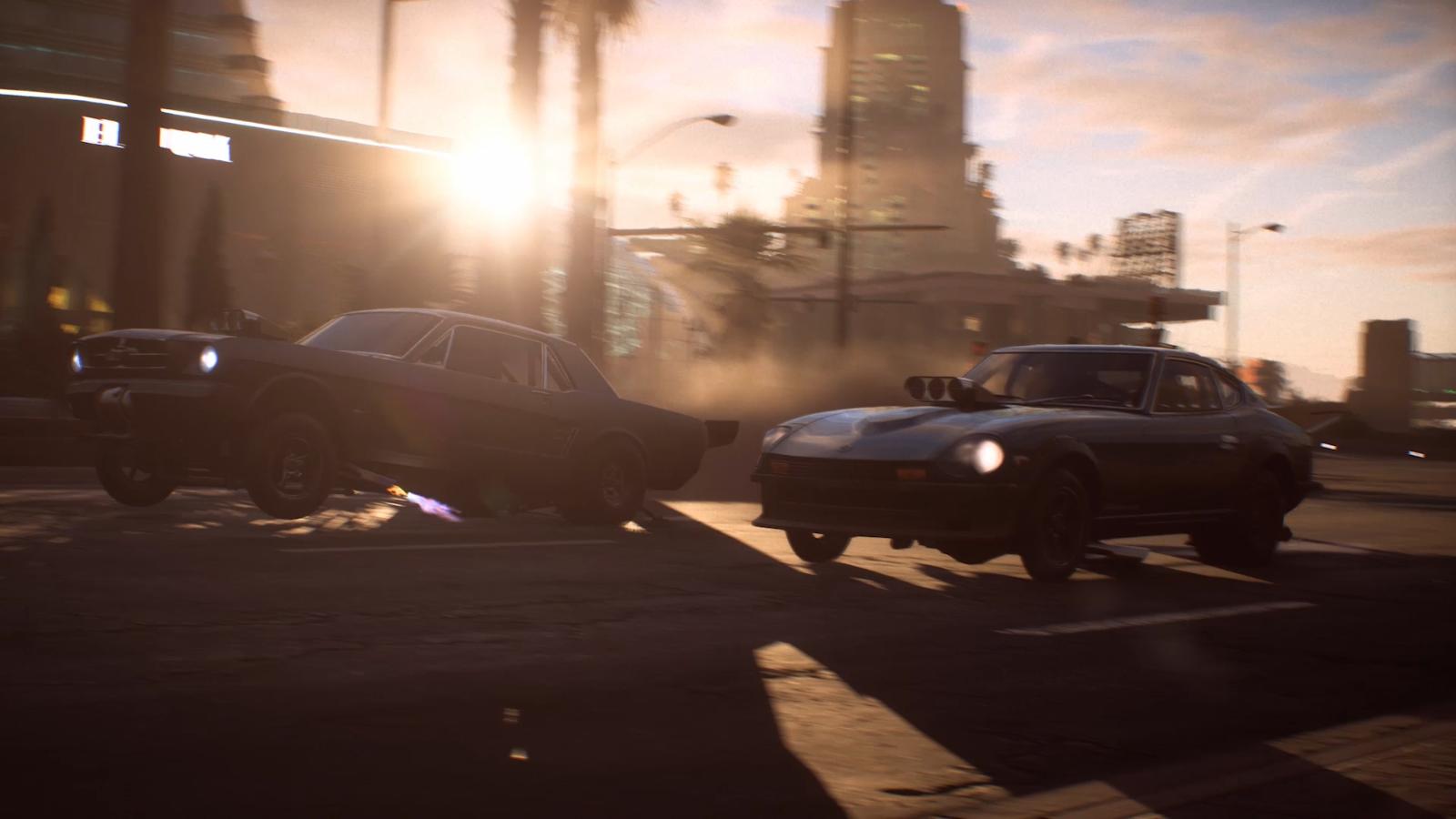
Tuning up your cars in NFS Payback is a large part of successful progression. There are tune up stores scattered around the map that sell you cards for each part of your car. The card system is a bit strange at first and some might complain that they can’t just buy actual car parts, but if you spend a bit of time figuring it out then you can actually do up your car quite nicely. Cards are available in different sets, and matching up three of a kind on a car grants you a set bonus. It might sound a little silly, but you’ll soon find yourself wanting to match your cards up. The tune-up stores refresh their stock every 15 minutes so it pays to keep checking back if you’re wanting the best combination.
Selling old cards or trading them in will assist with progression, and we found that cash was actually a little hard to come by early on in NFS Payback, however you can always repeat races you’ve already completed and get some more cash even if you don’t win. Whenever you beat a race for the first time you will get an upgrade card, however if you’ve been buying your own then it may not necessarily be an upgrade. It’s important to balance out the races and purchasing cards to make sure you don’t waste your cash, particularly in the early parts of the game.
Loot crates make an appearance in NFS Payback in the form of both normal and premium purchasable crates. Interestingly even the normal earned loot crate “shipments” are only available when you have an internet connection. The normal crates are rewarded for completing challenges around the map such as speed traps or drift challenges, as well as leveling up your reputation (not to be confused with leveling up your cars). The normal crates reward you with trade-in tokens, a vanity item and a nice lump sum of cash. The vanity items range from under-car glow to exhaust smoke colours, as well as unique horn sounds and can really add that special distinct look and feel to your car.
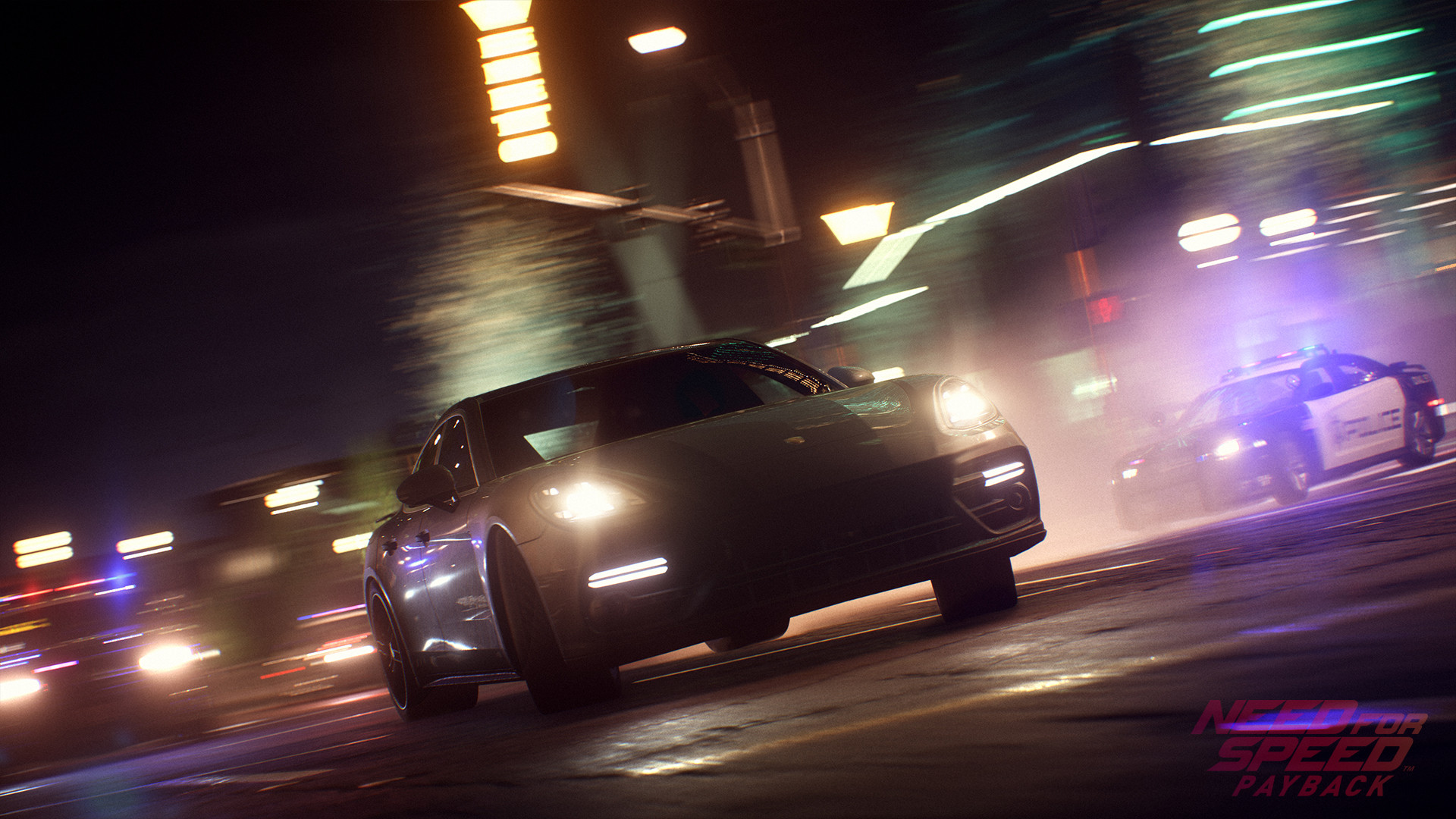
Vanity items are however one-time uses and pretty rare to come by, so without the option to specifically purchase the vanity items you’re after, this is where EA attempts to dip their hands into your pockets a little bit more for some real-world cash to buy the premium crates. Microtransactions will help you complete NFS Payback a little faster than normal, and may help you out of a rut if you’re finding your car isn’t upgrading fast enough, but with a little bit of grinding or map exploring you’ll realise the premium crates aren’t really needed.
Similar to Barn Finds in the Forza Horizon franchise, NFS Payback has ‘Derelicts’. When you complete a race series, you’ll be provided with the location of a derelict vehicle which you can rebuild and reclaim. You’ll also need to find four parts for the derelict vehicle scattered around the map, however the hints they give you are not exactly difficult to figure out. The cool thing about derelict vehicles is that once you unlock them you can assign them to any car class. This not only might save you a bit of cash, but also allows you a bit of unrestricted creative freedom that might alleviate the pain of other cars being locked to their class.
The map is a pseudo-Nevada style environment called Fortune Valley consisting of four main regions. Vegas-esque Fortune City, the barren Liberty Desert, the breathtaking hills of Silver Canyon, and a super windy and more luscious Mount Providence. The map is a fair bit larger than the 2015 Need for Speed game, however there are long stretches of highway without anything to explore on either side. In actual fact, a lot of the map is inaccessible and this can lead to a fair bit of vehicle resetting which can be frustrating in a race when you think you may have found a shortcut only to fall off a cliff. In typical Need for Speed fashion there are definitely some useful shortcuts throughout the map and the AI will often take them, however, due to the fact that the map is not fully explorable sometimes sticking to the main road is the safer option.
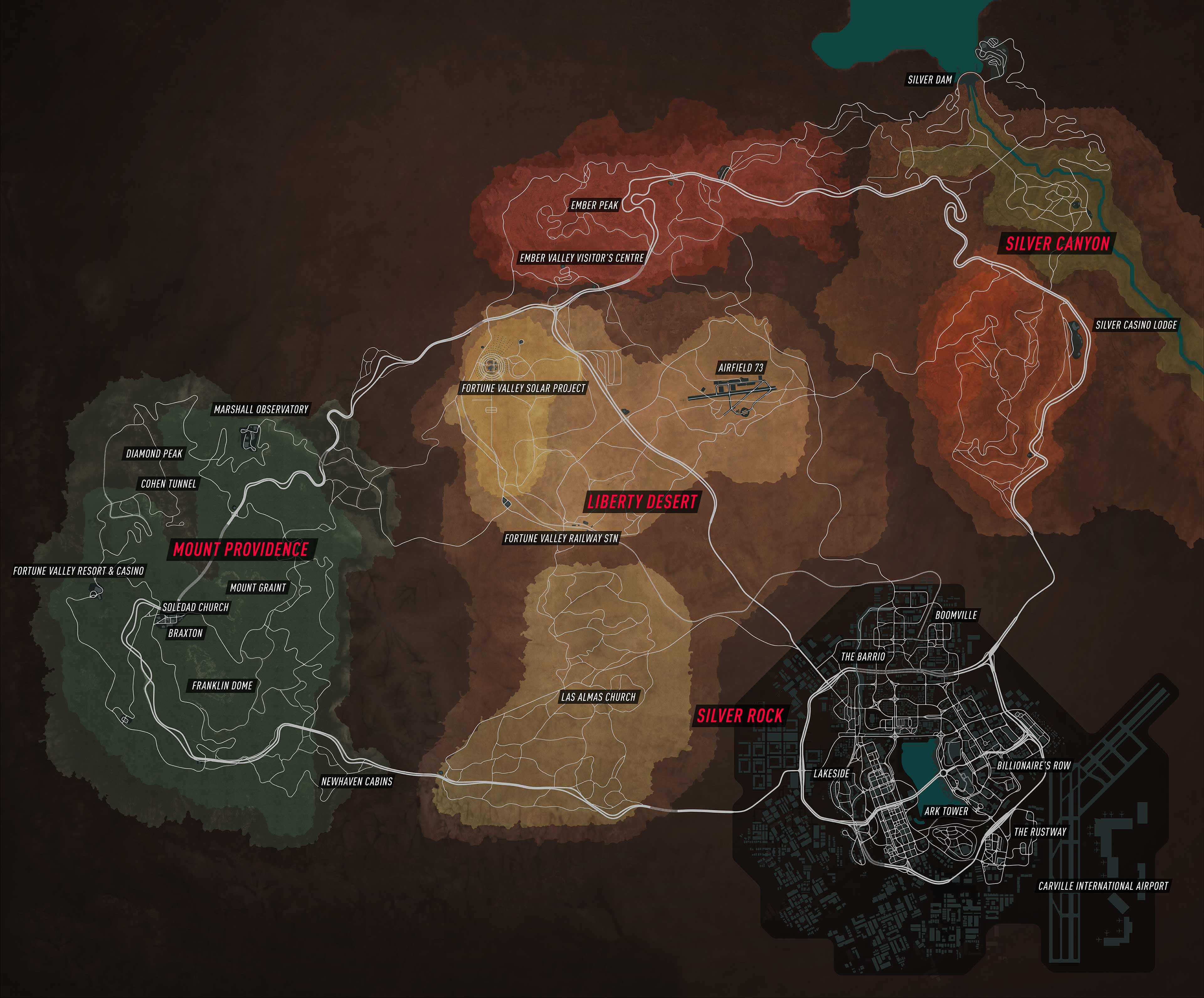
The visual side of NFS Payback is definitely not underwhelming, but at the same time it’s not a market leader. With games like Forza Motorsport 7, Gran Turismo Sport and Project Cars 2 launching in the same half of 2017, it’s hard to pivot NFS Payback as a game with outstanding graphics. The environments look great from afar but when you get up close to the textures and assets they can get a bit bland. We noticed assets disappearing and reappearing as you race around, mainly through Fortune City which was disappointing and almost disorienting sometimes as open roads would suddenly become closed. The vehicles did however look amazing up close, so tuning them and kitting them out in your garage, as well as taking some happy snaps is definitely a delight.
Speaking of photos, NFS Payback has two photo modes. A quick tap of the right analog stick will take a photo but won’t pause anything, while the game also has a full photo mode where you can change the positioning, angles, etc of the camera to get that perfect shot. Don’t forget the Share button on the DualShock 4 controller as well. All up, NFS Payback has plenty of ways to show off your pimped ride to your friends and online.
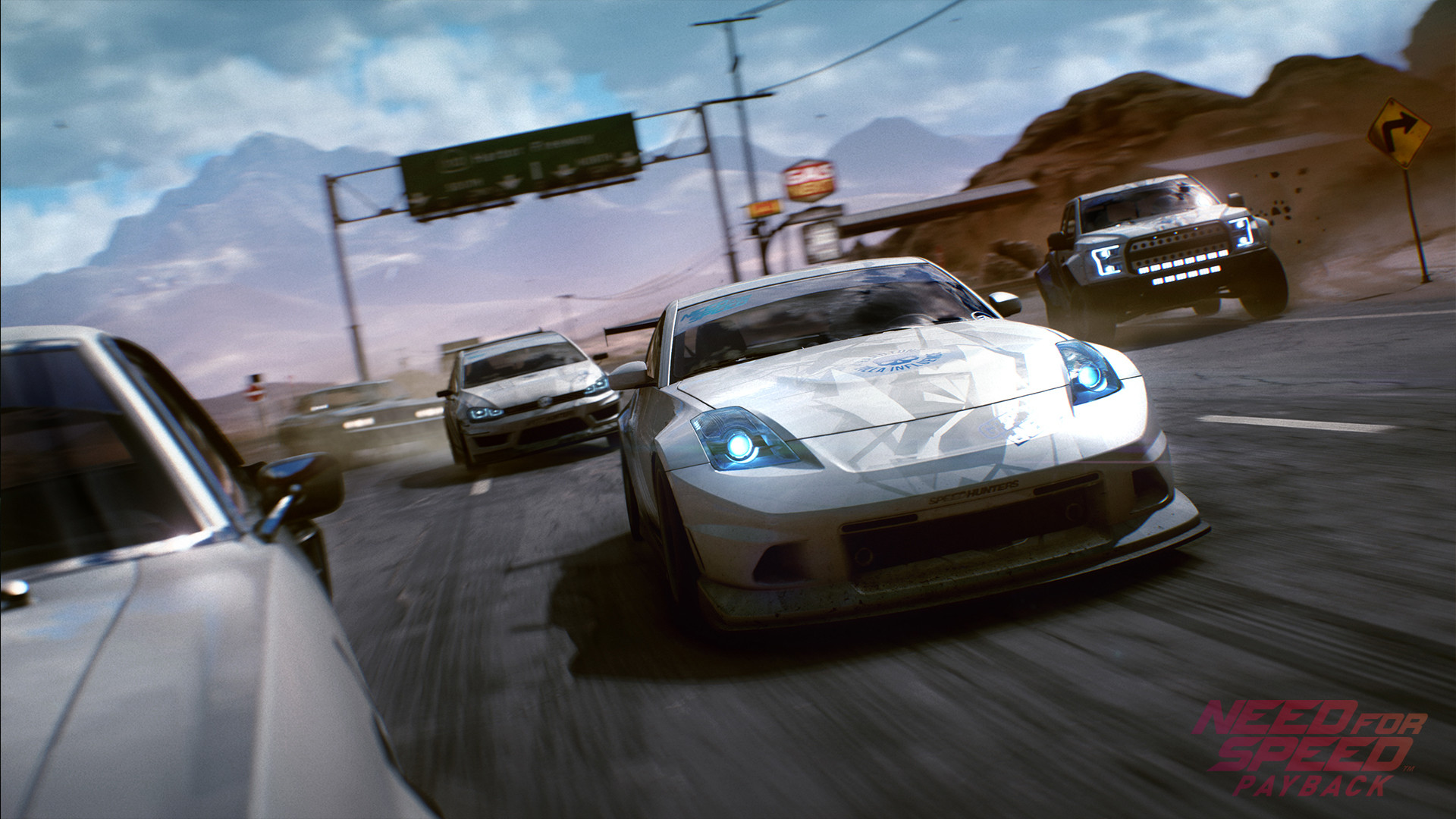
Ghost Games are starting to get the hang of the Need for Speed franchise now. With three games under their belt they have shown improvement which each one, and we’re interested to see where the franchise goes next. Need for Speed games need solid police chases and preferably the ability to be police, so hopefully we’ll get another Hot Pursuit in the not too distant future. NFS Payback takes about 10-15 hours to complete the main story, and another 10 hours or so to finish all the side content, however there’s a bit of extra longevity in unlocking and pimping vehicles, as well as online Casual and Ranked modes giving players the chance to compete for glory in speedlists.
It’s not the be-all end-all Need for Speed we were hoping for, but it’s not something fans of the franchise should avoid. There’s a little bit of Underground, a little bit of Carbon, and the story feels very much like one of the older Fast & Furious movies before they became Michael Bay style. When all’s said and done, NFS Payback could be one of the more underrated racing games of 2017.
- Cars look great up close
- Lengthy game will entertain Need for Speed fans for plenty of hours
- Nostalgic towards both Need for Speed Underground series and early Fast & Furious movies.
- Card-based leveling system feels very misguided for a racing game
- Graphic assets pop in and out all over the place, particularly through the city area
- Graphics in general are not on par with late 2017 releases.

